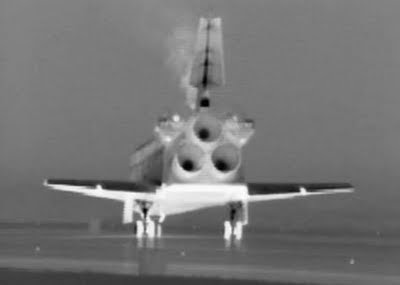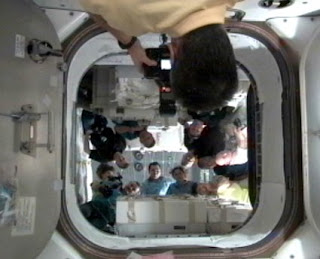 |
| Artist's impression of the GRAIL Spacecraft (Image Credit NASA) |
NASA's twin spacecraft to study the moon from crust to core will make New Year's Eve and New Year's Day main-engine burns to place the duo in lunar orbit. The Gravity Recovery And Interior Laboratory (GRAIL) spacecraft are scheduled to be placed in orbit beginning at 1:21 p.m. PST (4:21 p.m. EST) for GRAIL-A on Dec. 31, and 2:05 p.m. PST (5:05 p.m. EST) on Jan. 1 for GRAIL-B.
The Earth is approximately 250,000 miles (402,336 kilometers) from the Moon and NASA's Apollo crews took about three days but the GRAIL craft are taking about 30 times that long, covering more than 2.5 million miles (4 million kilometers) using a low-energy, long-duration trajectory. This has allowed the spacecraft's Ultra Stable Oscillator to be continuously powered for several months to reach a stable operating temperature long before it begins making science measurements in lunar orbit.
The spacecraft will transmit radio signals precisely defining the distance between them as they orbit the moon. As they fly over areas of greater and lesser gravity, caused both by visible features such as mountains and craters and by masses hidden beneath the lunar surface. they will move slightly toward and away from each other. An instrument aboard each spacecraft will measure the changes in their relative velocity very precisely and scientists will translate this information into a high-resolution map of the Moon's gravitational field.
The data will allow mission scientists to understand what goes on below the surface. This information will increase our knowledge of how Earth and its rocky neighbors in the inner solar system developed into the diverse worlds we see today. Maria Zuber, GRAIL principal investigator from the Massachusetts Institute of Technology (MIT) said "This mission will rewrite the textbooks on the evolution of the moon."






































